On a cold November day, Aqila Tavakali and her 14-year-old son brace themselves against an icy wind as they walk the several blocks from their temporary apartment to his new school.
Abolfazl says goodbye to his mother at the corner, and Aqila watches as he disappears through the yawning doors of the main entrance.
Newtonbrook Secondary, just north of Toronto, Canada, sprawls across an entire city block. More than 2,000 students from grades eight to 12 attend the school.
With basketball courts, a swimming pool and a large auditorium, the school offers the type of education 44-year-old Aqila could only dream of providing when she was principal at a girls’ school in Kabul, Afghanistan until October 2021.
She wipes a tear from her eye in a futile attempt to stem a torrent from streaming down her cheeks.
“Not a day goes by that I don’t think about my students at Sayed ul-Shuhada,” she told Al Jazeera. “They were very poor economically, but they were also very smart.”
Aqila, her husband Musa, a 47-year-old former taxi driver in Kabul, and their three children, aged nine, 14 and 22, are among the estimated 1.2 million Afghans who fled their country after the Taliban seized power in August 2021.
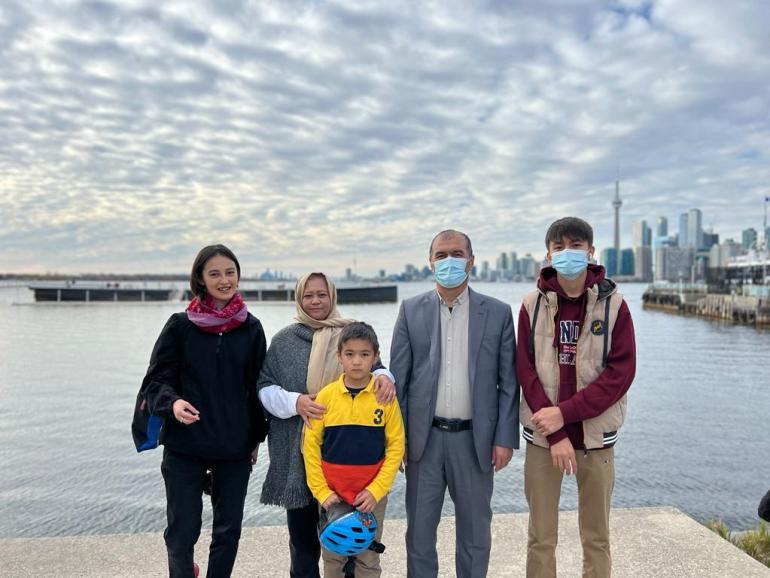
In Afghanistan, Aqila had dedicated herself to improving conditions for her female students. Sayed ul-Shuhada was one of only a few high schools in the Hazara neighbourhood of Kabul. More than 7,000 girls attended the school in three shifts a day, from grades one to 12.
When Aqila was appointed principal in 2013, girls were hungry for education, but resources for them were scarce. They took classes outside, sitting on the ground in the elements while boys were taught in classrooms indoors. So Aqila embarked on a years-long fundraising campaign to construct new buildings for the growing number of female students.
But her success made her and the school a target.
‘Their aim was to stop girls from learning’
In May 2021, several car bombs exploded outside the school gate just as girls were leaving their classes. Eighty-five people were killed, most of them young women. When she spoke to Al Jazeera two months after the attack, she was still mourning their loss.
“It was like the end of the world,” Aqila said, the images of blood and bodies and the frantic families searching for their daughters still raw in her mind. “Their [the attackers’] aim was to stop the girls from getting an education. Whatever way, they wanted to stop them.”
Even before the bombing, Aqila had started receiving anonymous threats. Messages and phone calls from unknown numbers, warning her to stop her work or face serious consequences for continuing. “They said they know where I’m living, and where my daughter is going to university. They said they would kidnap her if I didn’t stop going to my job.” At about this time, the Taliban was gaining territory around the country, with province after province falling under their control. Still, few believed that Kabul would fall imminently, despite the fact that American forces had set a September deadline to leave.
But the Taliban did take Kabul, and took over the rest of the country, in August that year, and almost immediately stopped all girls from attending high school. Aqila did several interviews with Afghan media, calling on the group to reopen schools for older girls. Her relatives worried that she was putting herself, and her family, in greater danger. When the threats started to come more frequently, she decided she had no choice but to leave.
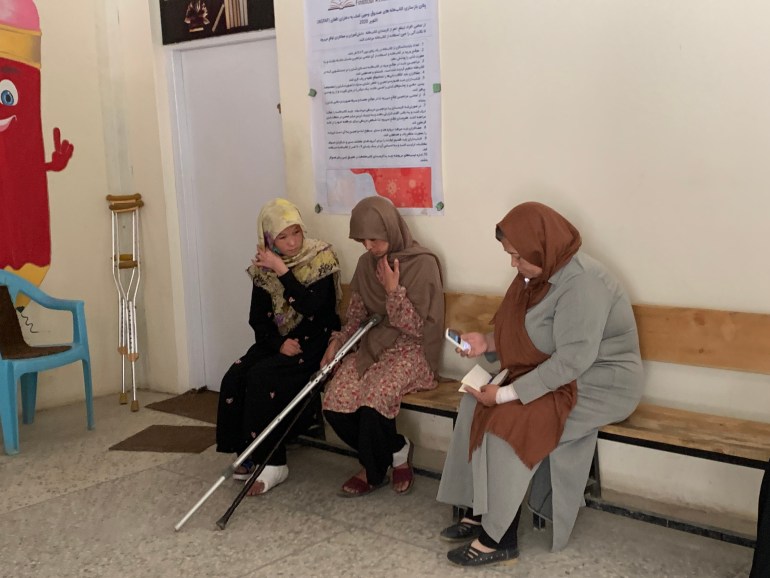
“It was really hard for me,” she confessed. It would be the second time Aqila fled her country. She had left for Iran with her parents and siblings when she was a teenager in 1994 as the Taliban rose to power, returning in 2005, four years after the US invasion that toppled their rule. “When Hamid Karzai became president [in 2001], he asked people to please come home and rebuild. And I was one of those many thousands of refugees who came back to Afghanistan with the hope of rebuilding the country.”
This time, though, getting out of Afghanistan would prove to be one of the biggest challenges Aqila has ever confronted. Despite numerous attempts – including by foreign acquaintances – to get the family on the manifests of the foreign airlifts, it proved impossible. And going to the airport was growing more dangerous by the day.
In the days leading up to the final withdrawal of Western forces on August 30, 2021, the world watched in horror as heartbreaking scenes were broadcast from Kabul airport. Tens of thousands of desperate Afghans crowded outside, some climbing over the blast walls and hanging onto the wheels of evacuation flights taking off, before falling to their deaths.
After the final flights left, opportunities to flee the country dissolved.
Aqila became discouraged. The Taliban issued a decree that all women in senior positions should stop going to work. But she resisted and returned to Sayed ul-Shuhada to run the primary school for the younger girls.
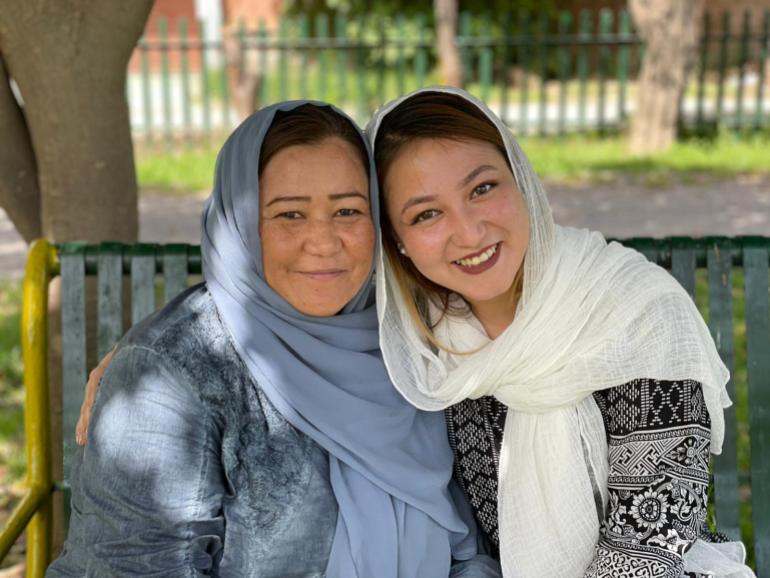
“The Taliban were coming frequently [to my school],” she said, her eyes still flashing with disbelief at all that unfolded during those tense weeks. “And they would refuse to recognise that I was the principal, speaking only to [my male colleagues]. It was very painful for me.”
‘We just ran to the border’
Their plight captured the attention of Canadian journalist Brennan Leffler. That September, he, along with a group of friends, decided to apply to a government programme that allows Canadians to sponsor and resettle refugees, with an upfront pledge of their own money that would support the family through their first year. The programme was set up years earlier to help settle Syrian refugees; the group of friends was advised to apply in anticipation that the government would revive it to help the 40,000 Afghans Prime Minister Justin Trudeau had committed to bring to Canada.
Then they connected with a non-profit organisation, Journalists for Human Rights, that worked to bring at-risk Afghans to Canada. Their list already had 500 names on it. It seemed overwhelming. But Brennan managed to get Aqila and her family’s names on this list.
The greatest challenge was getting the family out of the country when thousands of people were desperately trying to do the same thing. Seats on private flights were promised by various private citizens and NGOs who were organising them, then cancelled at the last minute without giving reasons, as they waited with their bags packed to go to the airport.
With options to leave dwindling by the day, the non-profit helped them get visas to Pakistan in October 2021, after two excruciating months of waiting, and arrangements were made to drive them from Kabul to Islamabad. They quietly sold their home and most of their belongings, and Aqila said goodbye to her colleagues at Sayed ul-Shuhada. And then, in the early morning hours one day in late October, a car came to pick them up from their home to take them out of the city. Exhausted, worried, and fearful of the Taliban guards at the border, they waited in line at the Torkham crossing for eight tense hours before their passports were finally stamped and they were waved through.

“There’s about 10 metres to the border,” Aqila recalled, “and when we got our passports back, we were so happy we just ran the 10 metres to the Pakistan side. And we finally could breathe.”
In Pakistan, the family stayed at a guesthouse with other Afghans who had fled. The non-profit that helped them leave Afghanistan covered most of their expenses since they were unable to work or go to school in Islamabad.
Their first weeks in the city were spent sightseeing and enjoying the freedoms that were being taken away from them back in Afghanistan. But as weeks turned into months with no word on when they might get to Canada, a sense of unease crept in. What if their sponsors’ application was rejected? “We started thinking, what if this doesn’t work? What if we can’t get to Canada? Would we have to go back to Kabul? Because we lost everything. We can’t go back.”
In Toronto, Brennan was growing more frustrated by the day. “We were trying everything,” he said. “I mean, I was trying all my sources. I had a former military person who was based in Kabul who knew some people [in the Canadian government] and was pushing them. But no one was getting anyone out. There was a group of Canadian generals who were trying to get people who had worked with them and risked their lives during the war and they couldn’t get them out.”

Although Canada had committed to taking in 40,000 Afghan refugees after the fall of Kabul, fewer than 28,000 have made it to the country since the programme started in August 2021.
How Afghans are treated versus Ukrainians
When Russia invaded Ukraine in February 2022, Canada’s focus shifted to accelerating the process for Ukrainians fleeing their homeland. More than 140,000 Ukrainians have since arrived in Canada, with close to half a million applications approved, leading to accusations that the government has a two-tiered refugee system.
“They allowed Canadians to bring [Ukrainians] in on their own accord,” Brennan pointed out. “And they were giving out visas for Ukrainians to get here within days, which I think is great. I think that that’s how it should have been for Afghans, as well.”
Heather Barr, associate women’s rights director at Human Rights Watch, told Al Jazeera Canada is not alone. “You can’t escape noticing the difference in how Afghans are being treated versus how Ukrainians are being treated. And it’s impossible not to assume that at least part of what’s going on is about racism and Islamophobia.”
Al Jazeera made several requests to speak with Canada’s minister of immigration, refugees and citizenship but received no response.
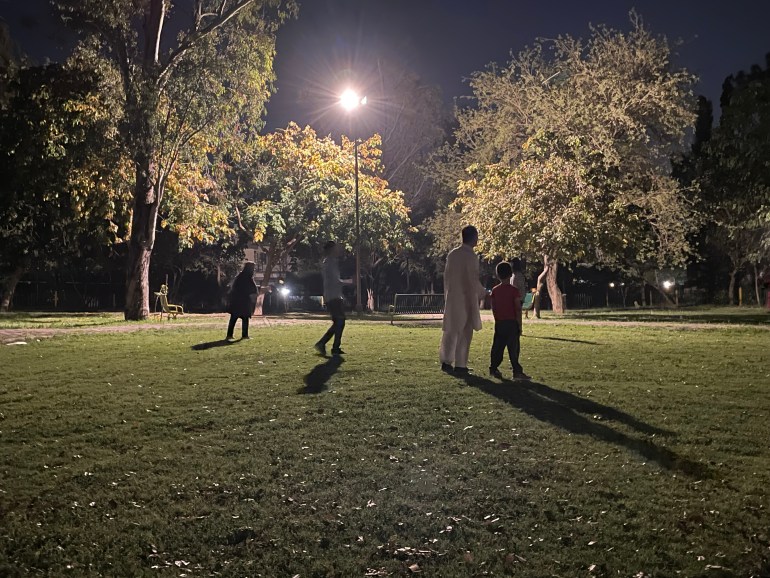
In the meantime, the Taliban have, in the past 18 months, rolled out one restriction after another, mostly directed at women. First, they reneged on a promise to re-open schools for girls above grade six. Then women were forbidden to leave the country without a male relative, or “mahram”. In December 2022, women were told they could no longer attend university, and then were banned from working for all non-governmental organisations, including those delivering badly needed aid to a starving population. The Taliban have brought back public beatings and executions, silencing Afghan women even further.
“It’s one thing after another,” Heather said. “The list keeps growing so I don’t think that there’s any reason to think that people who’ve had to flee are going to be able to go back safely anytime soon.”
Those who have not been able to leave are growing more desperate by the day. Asraa, who Al Jazeera is not identifying by her real name due to safety concerns, used to work for the government of former President Ashraf Ghani. She travelled around the country working on anti-corruption projects. Asraa was not able to leave the country after the Taliban took power; instead, she stayed and started helping out as a teacher at an underground school for girls who have been shut out of their education.
In the last few months, she has received threatening phone calls and messages with greater frequency, warning her to stop what she is doing. Her family fears she is also putting them in danger. Asraa is now desperately seeking a way out of Afghanistan, but finding that her options are very limited.
“I have never been forced to leave my country,” she said tearfully, her voice tinged with anxiety. “But now I feel there is danger … and I am worried about going to Pakistan because I know the situation there is not good for Afghans.”
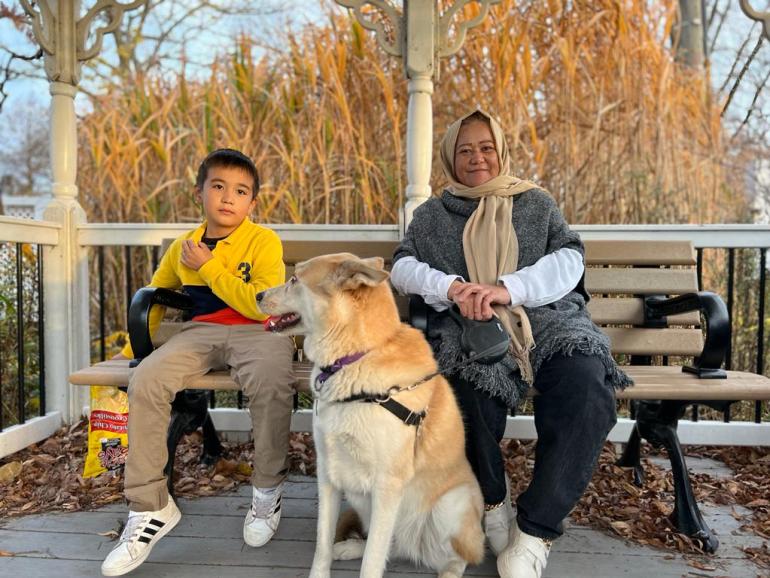
18,000 Afghans returned
Doors have closed everywhere to Afghans desperate to escape the Taliban, and many who managed to leave the country have found themselves stuck in limbo in third countries like Pakistan, with opportunities and funds quickly running out.
Aid agencies have said it is hard to estimate the number of Afghan refugees in Pakistan because most are undocumented. Many have decided to return home, with hopes of going to Canada, Australia, or Europe extinguished. The UN Office of Migration estimated that, in the three months from April to June 2022, almost 18,000 Afghans returned to their country, despite its economy collapsing and growing insecurity.
For Aqila and her family, the news they had long been waiting for came through almost a year after they fled Afghanistan. Their sponsors’ application was approved and 11 months after they left their homeland, they finally flew from Islamabad to Toronto last November, where Brennan and his friends greeted them excitedly, ready to help them start this new chapter of their lives.
“It’s a whole new country, a whole new culture,” Aqila said, a little hesitation in her voice. “There is a lot to learn.”
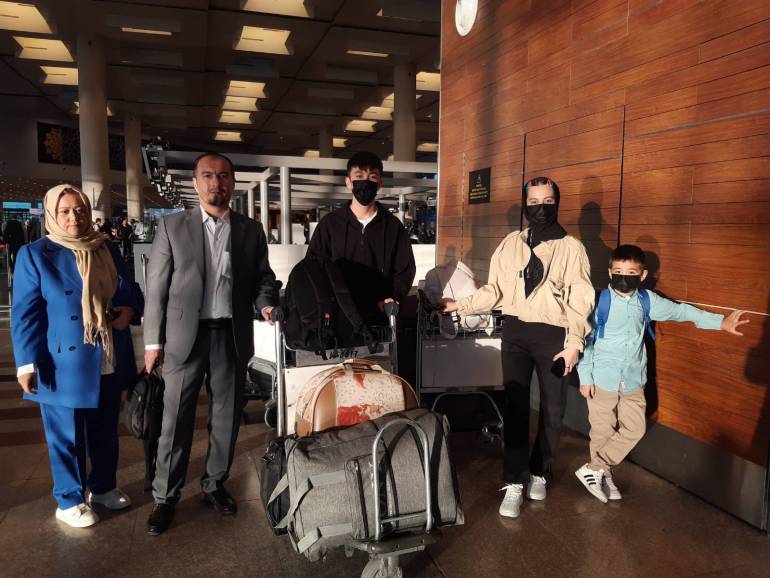
Within weeks of arriving, her two sons, 14-year-old Abolfazl and nine-year-old Ali, were enrolled in local schools, while Aqila and her husband Musa, along with their 21-year-old daughter Tamanna, started intensive English classes. Aqila worries about how hard it might be to get a job, and whether she will have to retrain. Musa – who does not yet have a job, but is working on improving his English – needs hearing aids, so their sponsors started a new round of fundraising.
The cost of living in Canada is another concern; housing is expensive and rental apartments for a family of five are hard to come by. Their sponsors are financially committed to supporting them for a year; after that, they will be on their own.
But Brennan is not worried. “I know it’s been a shock to them how much things cost,” he said. “So, that’s going to take an adjustment. But they’re tough people. They’re smart people. They’ll figure it out and we’ll be there to help them.”
Aqila knows she and her family have an opportunity that many others back home can only dream of.
“I was talking with my children the other day and I told them that the sponsors have worked so hard for us,” she said. “Our response to their work should be that you study hard to become a good doctor or good engineer. Then [my daughter] told me that, ‘Mum, if we become anything, tell us to become the best in that field, whether that be a salesperson or anything, and we will give a response to their love by being the best human beings and best citizens of Canada’.”
